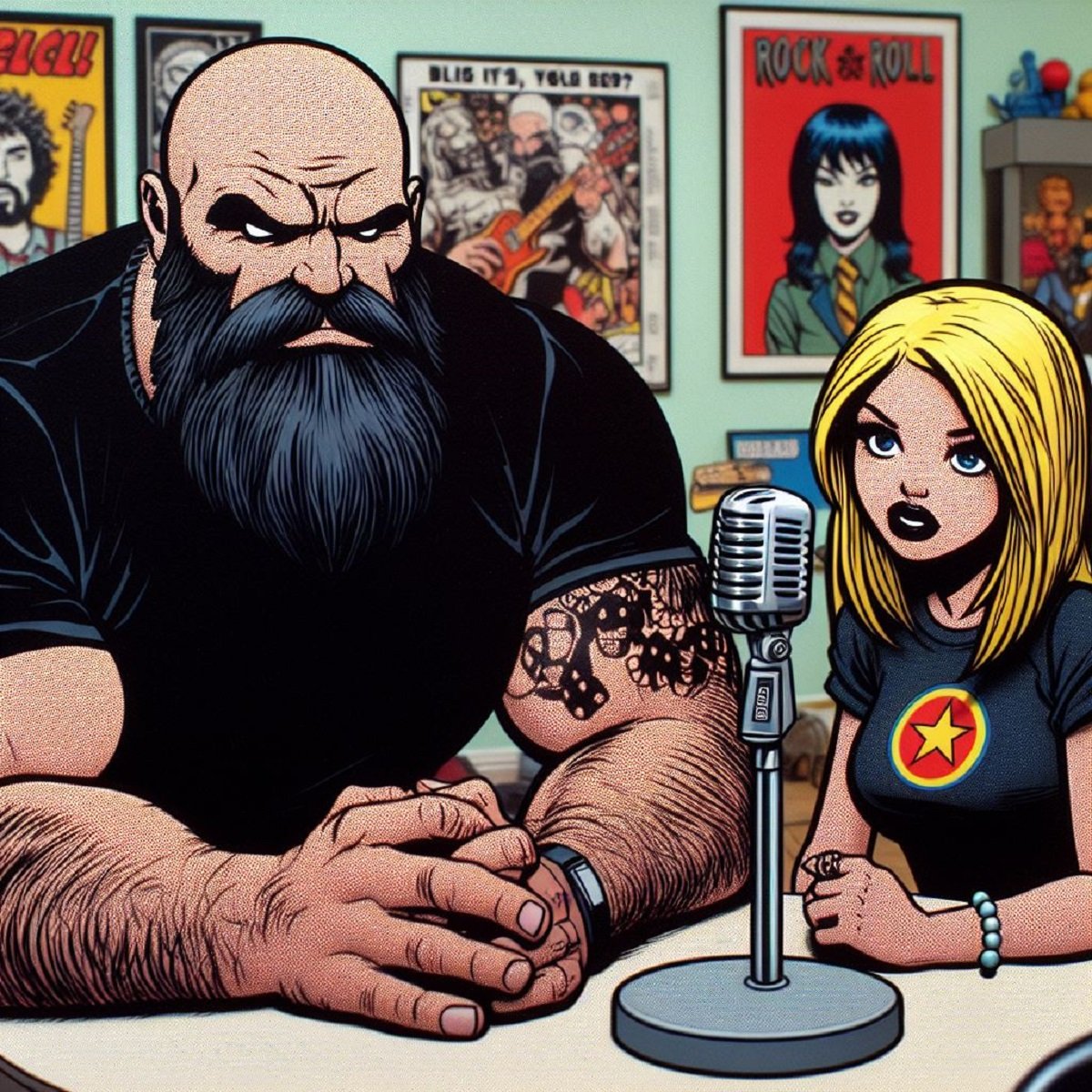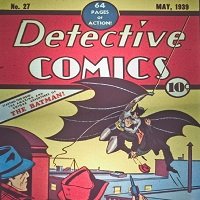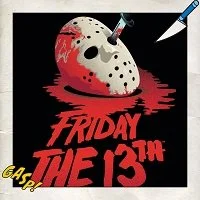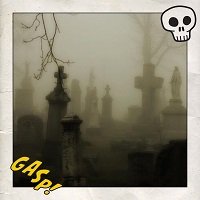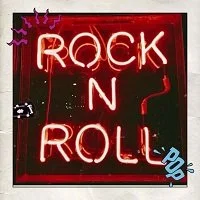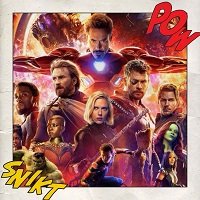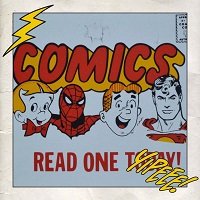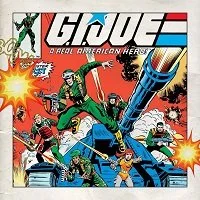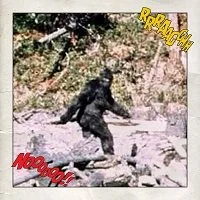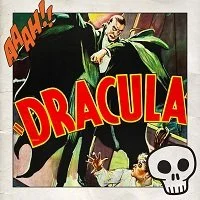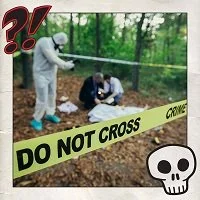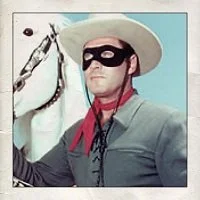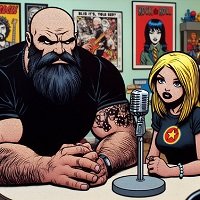Happy 30th Anniversary to 10 Terrific New Wave Albums
By Joseph Perry (@JosephWPerryJWP; tastethemilkofchocula.blogspot.com)
By 1987, several new wave, post-punk, gothic, and other alternative rock bands of the 1980s had started adapting a more mainstream approach to their sounds. Readers will definitely notice a pattern of that phenomenon in my thoughts throughout this article. In many cases, though, this was not necessarily a bad thing, and many new wave groups were redefining modern pop.
Some groups broke into larger markets and even became amphitheater-sized concert attractions around this time, when they had been playing small clubs or theaters even a year or two before. Some groups went almost overnight from counterculture oddities to beloved mainstream successes. Here are my 10 favorite new wave albums celebrating their 30th anniversary this year.
The Cure, Kiss Me, Kiss Me, Kiss Me
The former poster children for gothic rock became darlings of the non-black-clad set as well, and this double album is a huge reason why. Filled with pop brilliance — something that The Cure had been cultivating but absolutely nailed here — this album rocketed the group to the American Top 40 for the first time in its career.
The Cure, “Just Like Heaven”
Echo and the Bunnymen, Echo and the Bunnymen
Three years after releasing their brooding, atmospheric masterpiece Ocean Rain, this British group — on most days, one of my two favorite eighties new wave bands, along with The Smiths — surprised its long-time fans with the made-for-radio pop song “Lips Like Sugar.” Ian McCulloch and his bandmates were told by label executives to come up with an album that would equal the success of Peter Gabriel’s So, and they were not happy about it. Although the band still doesn’t look favorably on this fifth longplayer release of theirs, it brought them their widest success and arguably remains their best-known album.
Echo and the Bunnymen, “Lips Like Sugar”
The Jesus and Mary Chain, Darklands
Scottish group The Jesus and Mary Chain followed up their catchy yet abrasive, bubblegum-buried-in-feedback debut longplayer Psychocandy with this album, which boasted a more melodic approach, making its levels of challenging vs. charming a bit more one-sided to the latter than its predecessor. These first two efforts solidified the band as one of the most influential of the decade, and both records often appear on “best of” and “best ever” lists.
The Jesus and Mary Chain, “April Skies”
Love and Rockets, Earth, Sun, Moon
Former Bauhaus and Tones on Tails members found their broadest chart success with Love and Rockets. This effort, their third studio album, is a signature blend of psychedelic, folk, and straightforward rock. The group’s first four albums are all solid, and this one is as fine place as any to start if you have never heard the group before.
Love and Rockets, “No New Tale to Tell”
Bill Nelson, Chance Encounters in the Garden of Lights: The Angel at the Western Window and Chamber of Dreams (Music from the Invisibility Exhibition)
This album is the least commercial of my 10 picks here, and technically is outside of the new wave umbrella, being an ambient instrumental double album. Bill Nelson had found success as the leader of British rock outfit Be Bop Deluxe but put a halt to the band. Even though he was considered one of the finest rock guitarists of the time, he traded guitars for synthesizers for a while in the 1980s and released some of the most splendid new wave albums of the era.
Ever the experimenter, he released this set of short, mystical meditations, filled with subtle nuances. This album is not one that I would recommend for novices to consider as an introduction to his fantastic songwriting and musicianship from the decade of the 1980s (Nelson often plays all or most of the instruments on his solo albums; he is still prolific today at age 68, having released five albums last year and currently on a similar pace for this year) — for that, I would suggest the amazing The Love That Whirls (Diary of a Thinking Heart) (1982), the Chimera mini-LP (1983), or Getting the Holy Ghost Across (1986) — but for a wholly unique album of introspection, it is an intriguing effort.
Bill Nelson, Chance Encounters in the Garden of Lights
New Order, Substance
New Order masterfully blended a distinctive synthesizers-and-guitars sound that made them one of the most well-known and influential groups of the 1980s. Yes, Substance is a compilation album of 12-inch singles, but few albums sum up the heyday of not only a band but an era like this one does. The single “True Faith” was newly recorded for this double album.
New Order, “True Faith”
The Psychedelic Furs, Midnight to Midnight
British outfit The Psychedelic Furs found themselves suddenly more popular than before in the United States when they rerecorded a version of their song “Pretty in Pink” for director John Hughes’ film of the same name. Singer Richard Butler said that he and the rest of the band felt pressured to record a new album to build on that momentum before they were ready, and he was displeased with the results. Still, this fifth album was a Top 40 success for the group, as was the lead single “Heartbreak Beat.” The longplayer is much slicker and radio-friendly than their earlier, artier records, and it has its charms.
The Psychedelic Furs, “Heartbreak Beat”
Sisters of Mercy, Floodland
British alternative rockers Sisters of Mercy released several singles and their fantastic debut album First and Last and Always in 1985, and then broke up. Two former members went on to some success with the group The Mission. After a failed experiment called The Sisterhood, singer Andrew Eldritch recruited former Gun Club bassist Patricia Morrison to record a second Sisters of Mercy album, Floodland. Eldritch produced some songs, as did Larry Alexander, but what makes this album a true departure from the group’s previous record is Jim Steinman’s contributions behind the knobs for “Corrosion” and “Dominion/Mother Russia.” The man who composed Meat Loaf’s Bat Out of Hell album and wrote and produced Bonnie Tyler’s smash single “Total Eclipse of the Heart” brought his signature epic approach to meld with Eldritch’s dark visions.
Sisters of Mercy, “Dominion”
The Cult, Electric
Here’s another album that some might say doesn’t fit into the new wave category, and they would be right, but The Cult’s metamorphosis from a gothic post-punk group to a full-tilt hard rock band — courtesy of them scrapping the original version of this album called Peace and rerecording the entire record with producer Rick Rubin — saw them bring along their old fans while opening themselves up to a whole new audience, and it deserves to be mentioned among the best longplayers of 1987. The tough opening riff of “Wild Flower” was the calling card from guitarist Billy Duffy, vocalist Ian Astbury, and the rest of the band that they were officially here to rock.
The Cult, “Wild Flower”
The Smiths, Strangeways, Here We Come
High school- and college-age students around the world brooded and sighed along to The Smiths’ catalog of moody songs to hug your pillow or gaze at the floor by in the eighties, and yours truly was one of the many true believers. The band’s signature jangly guitar sound provided by Johnny Marr perfectly fit singer Morrissey's wry, woe-is-me lyrics. On their fourth and final album, Marr wanted to break from convention and try new instrumentation and arrangements. Even though he left the band soon after the release of this record, he and Morrissey consider this the group’s finest longplayer. Smiths fans are split on that opinion, but it is a fine effort.
The Smiths, “Girlfriend in a Coma”
The year 1987 saw many more fantastic new wave releases and undoubtedly readers will treasure some that I didn’t mention. Let us know your thoughts on When It Was Cool’s Twitter or Facebook pages.
Besides contributing to When It Was Cool, Joseph Perry also writes for the retro pop culture website That’s Not Current (thatsnotcurrent.com), the Gruesome Magazine horror movie website (gruesomemagazine.com), and several other print and online film critique and pop culture magazines. He is also one of the hosts of When It Was Cool’s exclusive Uphill Both Ways podcast (whenitwascool.com) and Gruesome Magazine’s Decades of Horror: The Classic Era podcast (decadesofhorror.com/category/classicera/).
If you found this article interesting consider becoming a Patreon supporter. That is how When It Was Cool keeps our website and podcasts online, plus you get lots of bonus content including extra and extended podcasts, articles, digital comics, ebooks, and much more. Check out our Patreon Page to see what's up!
If you don't want to use Patreon but still want to support When It Was Cool then how about a one time $5 PayPal donation? Thank you!
